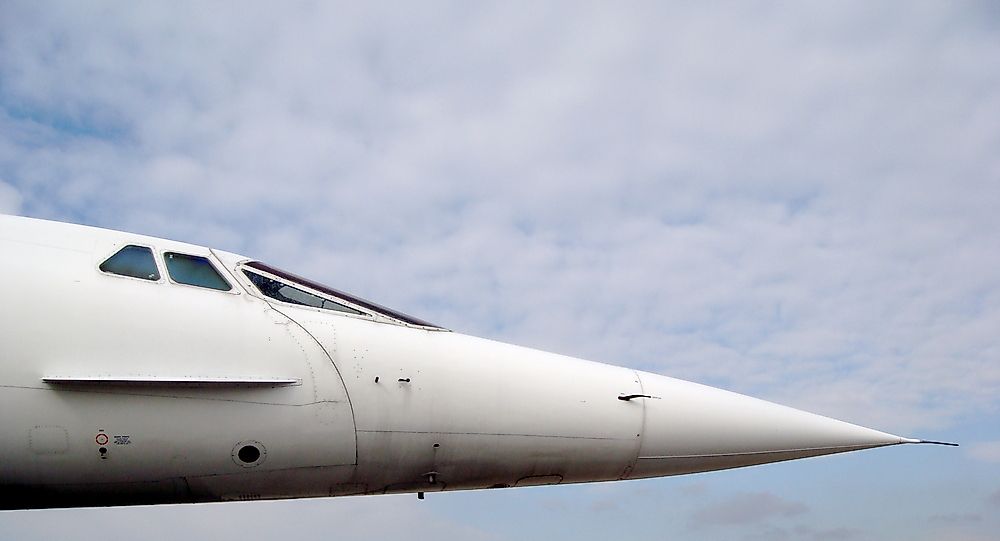The History of Concorde Airplanes

The Concorde is a supersonic turbo airliner developed by the British and French aviation industries which operated from its introduction in the 1970s until 2003. The Concorde is the fastest passenger airliner in history with speeds exceeding that of sound at over 1,300 miles per hour.
Origin
The supersonic plane was developed by the joint effort of the British Aircraft Corporation, along with the French Aerospatiale. 20 units were subsequently manufactured to be used by the British Airways and the Air France. Concorde is a French word which means “harmony” which is a reflection of the Anglo-French partnership in the planes’ operations.
Application
During the Concorde’s planning, there was tremendous interest from numerous airline companies who saw supersonic flight as the next frontier in the aviation industry. However, unseen overheads and technical adjustments increased the unit costs of the planes with units exceeding $20 million when the Concorde was launched. This increase in price discouraged many potential buyers from purchasing the units. The Concorde was used primarily for transatlantic flights with the occasional Singapore-Bahrain route used by Singapore Airlines. It targeted the affluent passenger niche with the London-New York return ticket fetching an average of $8,000.
Decline
It wasn't long after its launching that the Concorde began to experience its decline. During development, the planes had attracted significant interest from airline companies but unit costs during launch proved prohibitive to most. Another factor dimming the plane’s appeal was its high fuel consumption rate, especially in comparison to existing alternatives such as the Boeing 747 and 707. The Concorde had a passenger capacity of 100 people and consumed over 89,000 litres of fuel for the transatlantic flight while the Boeing 747, with a capacity of more than 400 passengers consumed around 59,000 litres over the same distance. The oil crisis of 1977 drove global oil prices to unprecedented peaks and further compounded the issue. In the late 20th century, Concorde’s competitors Boeing and Airbus made many improvements in the accommodation of passengers, including the increase of seating space and provision of better in-flight entertainment. This left speed as the Concorde's primary advantage over other types of aircraft. This supersonic speed, however, also proved to be a demerit for the plane. With speed came a supersonic boom which according to some researchers affected residents under its flight path and was deemed an environmental pollutant. Air pollution made the US Congress restrict the Concorde to only using the Washington Dulles Airport and New York's John F. Kennedy Airport, a decision which limited the Concorde from exploiting the prime North Atlantic destinations. Another significant event which increased the public apathy towards the Concorde was the July 2000 Air France accident where a Concorde crashed in France killing all passengers and crew onboard. The September 11, 2001 terrorist attacks brought with it a decline in overall aviation passenger numbers. On April 10, 2003, British Airways and Air France publicly announced the ceasing Concorde operations that year.
Records
While the Concorde aviation’s reign was short, it signaled an era where several flight records were set including the fastest passenger airliner in the world at 1,354 miles per hour and the highest cruise altitude of a passenger plane at 60,000 feet.











